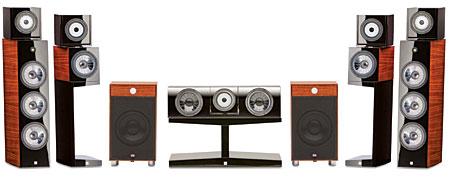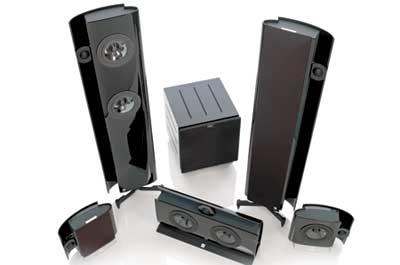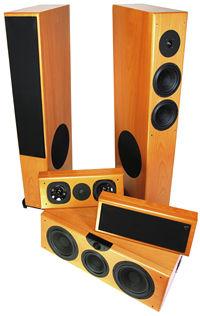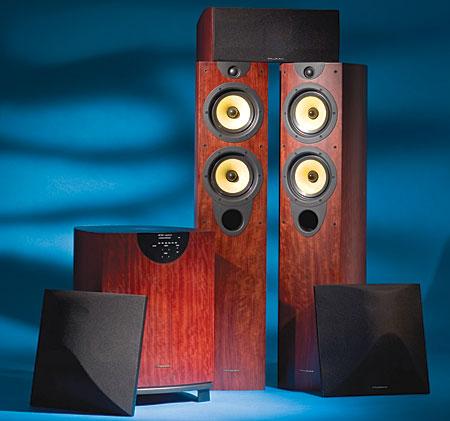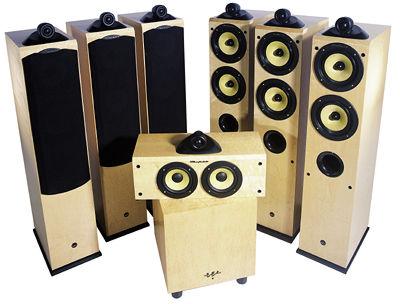Tower Speaker Reviews
Sort By: Post DateTitle Publish Date
|
May 25, 2006
|
May 26, 2006
|
Aug 03, 1995
|
Dec 15, 2004
|
Jul 20, 2011
|
May 15, 2006
|
Mar 03, 2003
|
Sep 04, 2012
|
Nov 22, 2005
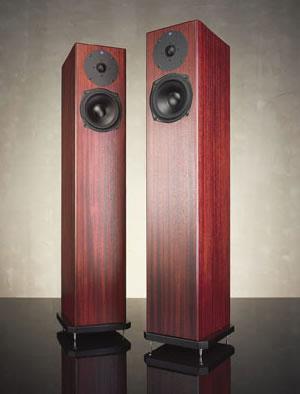
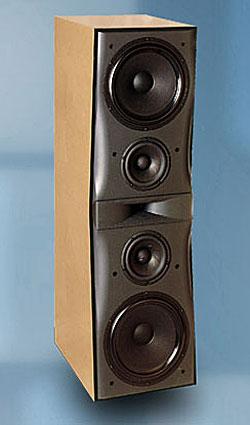
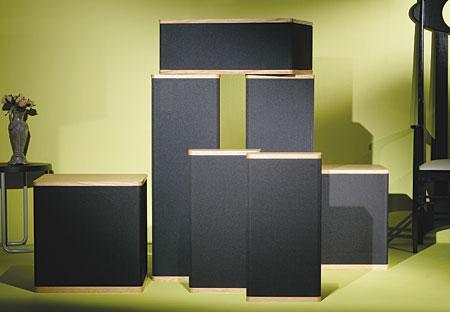
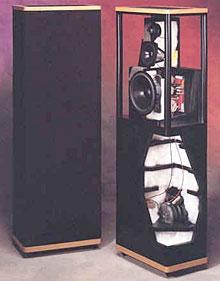

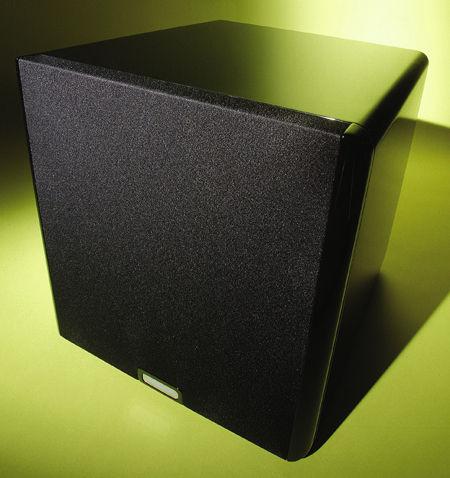
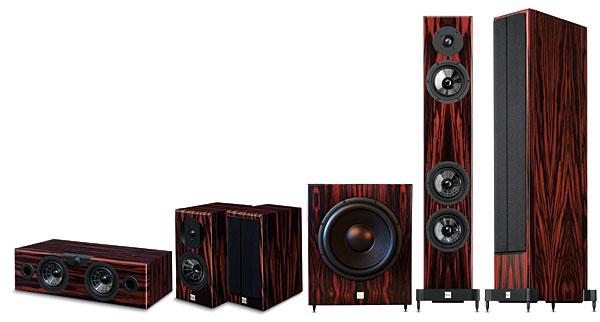
 Price: $11,250 At A Glance: Silky-smooth sonics • Refined, furniture-grade cabinetry • Depth-charge deep bass
Price: $11,250 At A Glance: Silky-smooth sonics • Refined, furniture-grade cabinetry • Depth-charge deep bass

